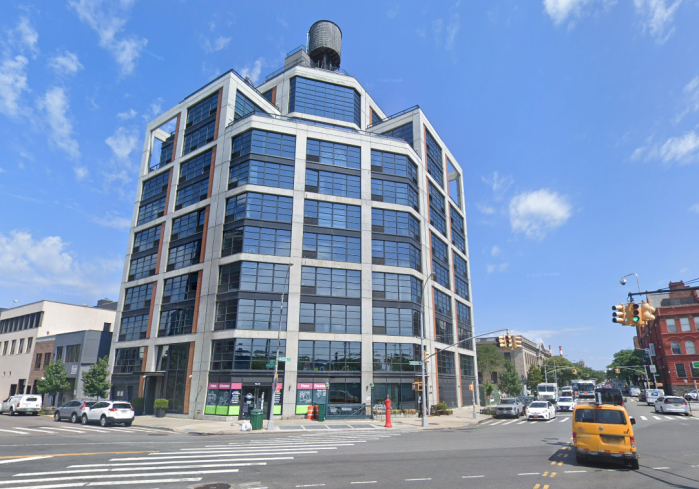By The Greater Astoria Historical Society
Queens in February 1906 found itself a bustling community of rapidly disappearing farms and booming residential and industrial developments.
That month brought progress and new opportunity for women in Queens. On Feb. 5, the first female lawyer ever to appear in the Fifth Street Police Court argued the case of young John Sorrentino, of Brooklyn, charged with stealing bicycles from a repair shop in Bayshore, L.I.
The lawyer, whose name is lost to history, had little chance to display her courtroom flair as the suspect was quickly arrested on a warrant for burglary.
l
The great strides Queens would witness in the 20th century came too late, however, for many locals, their lives cut short by disease, industrial accidents and poor living conditions. Of the 58 deaths in Queens reported to the city Board of Health in the first week of February, 23 were under age 15. Common causes of death included diphtheria, tuberculosis, Bright’s disease and accidents.
In spite of the uncertainty, tragedy and trouble that tomorrow may bring, locals enjoyed themselves and partook in the simple pleasures of life.
At Hettinger’s Broadway Hall, on Broadway and 7th Avenue — currently the parking lot of Precious Blood R.C. Church on 36th Street — some locals tried their hand at bowling and the shooting gallery while others puffed away on cigars and sipped the choicest labels of wine and liquor. Bowling was a popular pastime in early 20th century Queens.
Schuetzen Park was also a venue for the new sport of basketball, pitting local teams such as the Knickerbocker Five and the Warwicks against squads from Flushing and DeWitt Clinton high schools. The matches were usually low scoring affairs and passing, not dribbling, was the primary means to move the ball. In some games, players still scored by shooting the ball into the peach basket that gave the sport its name.
l
Those not inclined to leave the comfort of home may have gathered around the improved Edison Phonograph. With gold-molded records, the machine that “brings cheer all the year” trumpeted advertisements in the Long Island Weekly Star.
l
Basketball, bowling and police chases were not all that was new to 1906 Queens. Nineteenth century New Yorkers would have struggled to recognize the bustling, rapidly developing panoply of industry, immigrant neighborhoods and suburban affluence, perhaps searching in vain for the pastoral serenity and small town charm of yesteryear.
Progress brought with it stark juxtaposition. While horse-drawn fire engines rushed to quench fires in the factories and homes, editorial discussion in the local press turned to a proposed $100 million connecting railway to link Manhattan with the growing community across the East River. It would be another three years until the Queensboro Bridge spanned the distance and firmly connected Queens to 20th century America.
l
Queens has always been a melting pot of individual stories — of achievement, triumph and tragedy, of the richness of old world tradition meeting the dynamism of New York’s largest borough. They softly whisper and beckon to us like ghosts, their faces strangely familiar.
For more information, call 718-278-0700 or visit astorialic.org.































